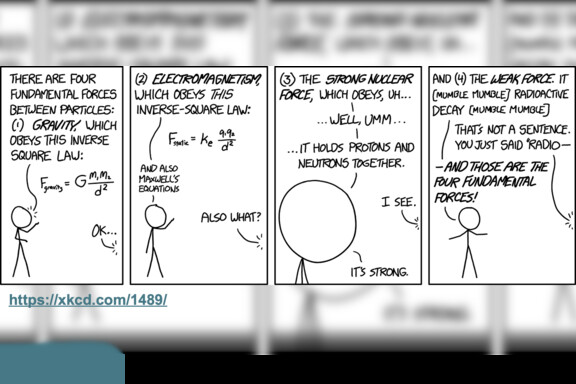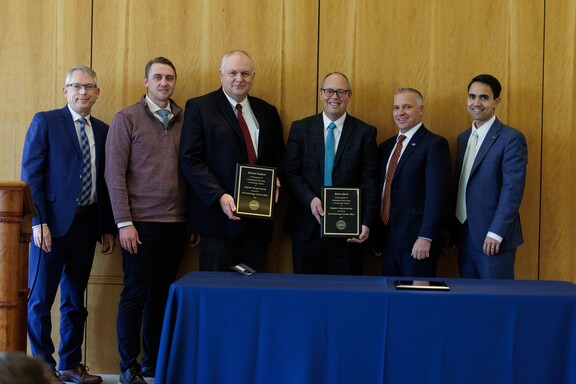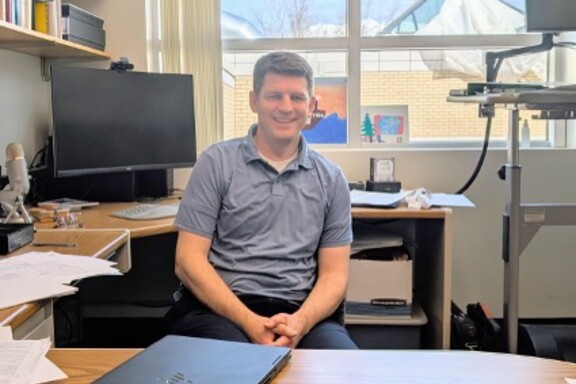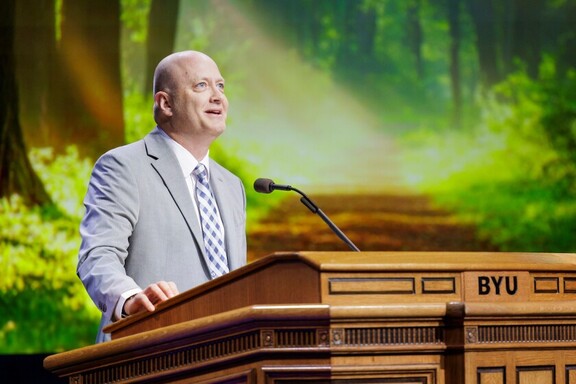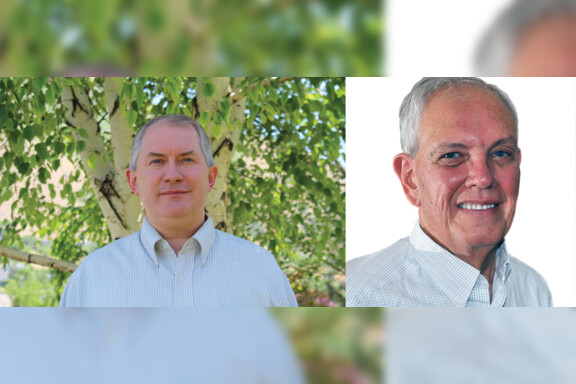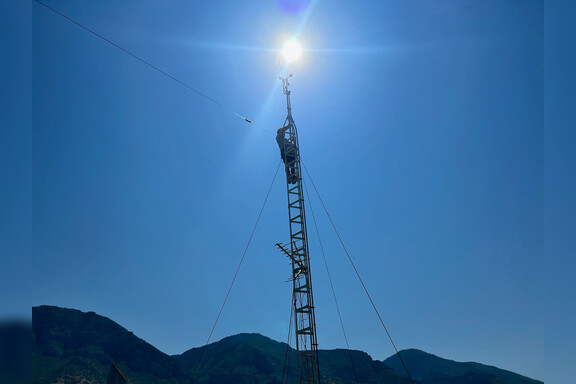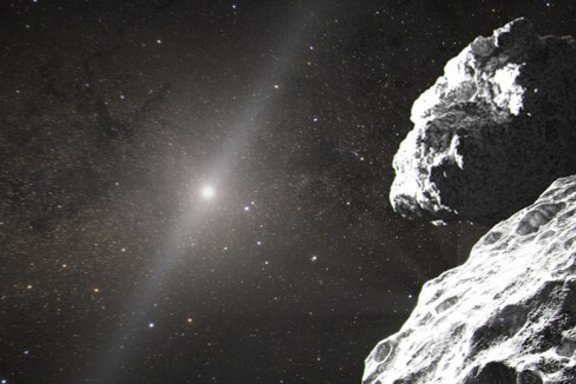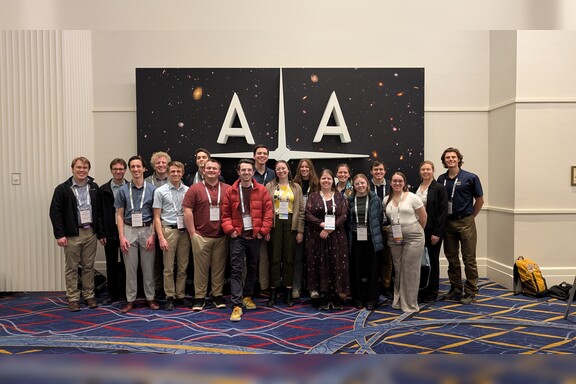Harvey Fletcher will be honored during Brigham Young University's Homecoming 2010 as its Founder, and the theme, "Dare to Discover," reflects his approach to physics as well as his deep religious convictions.
The Provo native was a man of many firsts. He was the first physics student to be given highest honors at the University of Chicago, where he earned his doctorate. He was the first member of The Church of Jesus Christ of Latter-day Saints to be elected to the National Academy of Science. He was the first member of the 8,000 staff Bell Telephone Laboratories elected president of the American Physical Society; the first president and co-organizer of the Acoustical Society of America; co-organizer of the American Institute of Physics; and was the first to introduce a group audiometer into the school room, which launched a national program of testing school children.
In Chicago he completed his doctoral work under associate professor Robert A. Millikan, and the early experiments on which they experimented to measure the charge on an electron eventually earned Millikan a Nobel Prize. Fletcher returned to Provo to teach at BYU, and every year received a job offer from Western Electric Company of New York (Bell Laboratories). After five years he accepted, and an upset BYU President George H. Brimhall insisted Fletcher speak with the prophet.
In Fletcher’s autobiography he quotes President Joseph F. Smith as saying, “Yes I want you to go and take this position, but promise this, that you will keep your testimony strong and keep up your Church activities. If you do so, you can do more good for the Church in New York than you could do here at BYU at the present time and you will be successful in your work. We need Mormon boys to go out into the world of business and scientific research to represent our ideal of living.” Fletcher promised, and true to his word, the Church remained a vital part of his life, and he served in many leadership positions.
At Bell Laboratories, his work led directly to high-fidelity recording, sound motion pictures, the first accurate clinical audiometers to measure hearing, the first electronic hearing aids, the development of the artificial larynx, improved telephone transmission, sonar, and stereophonic recording and transmission. He gave sound and acoustical demonstrations many times, including a 1940 presentation with famed conductor Leopold Stokowski (featured in Disney’s “Fantasia”).
In describing the recorded stereo music from a three-channel system using sound on film, The New York Times reported, “The loudest sounds ever created crashed and echoed through venerable Carnegie Hall last night as a specially invited audience listened, spellbound, and at times not a little terrified.”
Fletcher left Bell Laboratories when he turned 65, but retirement was not in his plans. He spent two years in the Department of Engineering at Columbia and established an acoustics department. He rejoined his alma mater in 1952 where he became director of research, head of the Department of Engineering and chair of the Department of Engineering Science. Fletcher continued advancing sound, particularly with musical acoustics, until his death in 1981 at 97.
Writer: Charlene Winters
More Information on This Article
News and Events
